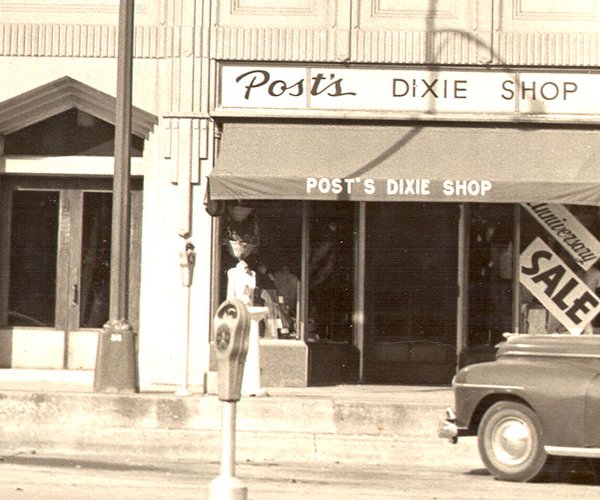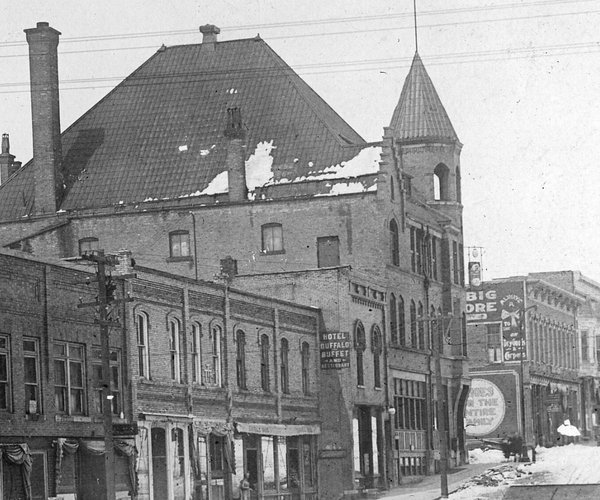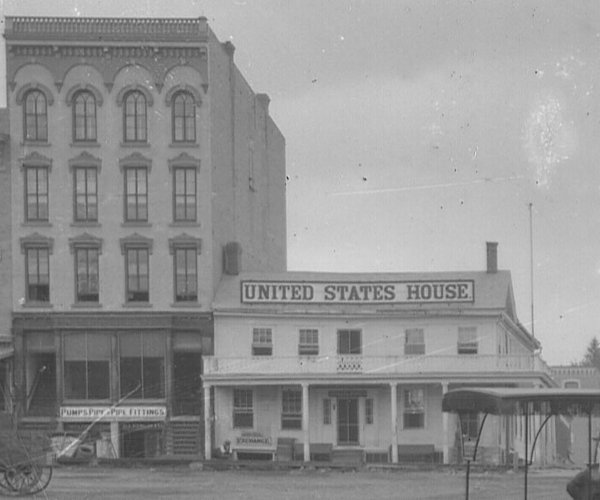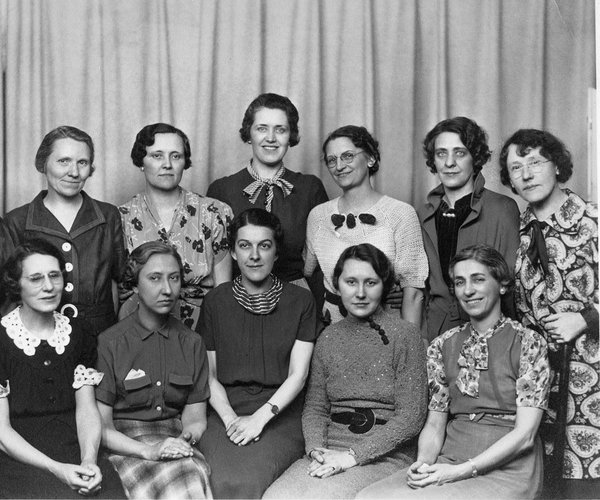The school district in the Village of Monroe established the first public library for public use in November 1878 on the first floor of the public school. “The room is a pleasant one, well lighted and is to be well provided with ventilation. It is about 12 by 24 feet in size and the entrance is from the main hall, on first floor. It is expected to start the New Year 1879 with at least 1000 volumes. A system of labels and tickets will be used to prevent loss of books, and a competent person will have charge of the same. Let everybody feel friendly to this project and before we realize it, we shall have a large and good public library. Hereafter, we shall give a list of some of the leading books of the library and from time to time make a note of the new contributions.”
A letter to the Monroe Sentinel on March 25, 1885 from C. C. said, “A free and public library in Monroe, embracing suitable books, papers, magazines, and other current literature. The reading public have long desired such a place, not only for themselves, but for the young people. The only, and in fact the best way to consummate this most desirable object, is for our liberal-minded citizens to take the matter in hand and establish, at once, a literary resort, such as Monroe has never seen. We ask all good people to duly consider this matter, and be ready to strike hands and touch elbows so effectively that their efforts shall result in opening a room, neatly fit it up, furnished, and embellished with the choices and most readable books, etc. of the day. This result can be reached by a strong pull in the right direction. Friends of Education, will you at once unite and give the public the benefit of your experience; and by so doing give your countenance to the very best thing ever established in our growing city!”
A letter from Penelope was printed the following week. “While I am not disposed to throw a wet blanket upon the public free library enterprise advocated by C. C., I would ask what is to be done with the 500 or 600 books in the High School library, which are free practically to all who would be likely to avail themselves of a public free library in Monroe. There don’t seem to be much use for that library, or much interest in it now. A public reading room and library properly managed, would benefit some, no doubt; but those who could be most benefited, as a rule, in other towns, don’t seem to appreciate such benefits.”


The library remained in the school building until that room was needed “for recitations” in 1887. At this time more than one thousand volumes were transferred to “rooms over the Citizens’ Bank, which will be fitted up for its reception.” It was thought that “the library will be better patronized by the other schools if removed to a more central and convenient place.”
The library was open on Tuesday and Thursday afternoons from 4:00 to 5:00 and on Saturday afternoons from 2:00 to 4:00 on the south side of the Square in October. “The library is now under competent management; the rooms are fitted up tastefully, and for the present will answer the purpose for which they have been prepared, through the liberality of Mr. Sam Lewis, the proprietor, our dealers in wallpaper, our painters and paper hangers, who contributed material and labor for the same. Among those who have thus generously contributed are Messrs. W. P. Stearns, L. S. Wagner, Studley & Lichtenwalner, James Faubel, George Vogt, Edgar Ludlow and Paul Schroder. The place chosen is convenient and pleasant.” It was added that the curtains had been contributed by J. Bolender & Co. and that George W Banks, the south side druggist, contributed the paint for the rooms.” Jon Sally painted and generously donated a sign for the library rooms.
Mr. and Mrs. S. W. Abbott went to Chicago in October 1888; while there, they purchased $200 worth of books for the public library. By December the library had 1,500 good books and more were soon to be added. Mrs. Emily Abbott prepared a catalog that was to be printed the first week of January. “Nearly half the books are out in the hands of readers all the while. The selection of books lately added has been unusually carefully made. The library is in good hands; it would be a sensible thing for our taxpayers to have $500 a year set aside for a fund to purchase books. This would be a tax of only 10c per capita. And the result would be worth millions to the people.”
By April 1891 the library contained 3,000 books with 500 recently being added. By November it was reported that the library also contained “several hundred reference books not allowed to be taken from the rooms.”
It was also reported in November 1891 that the city might purchase “those lots” for a library. It was also stated that the former county building on the northeast corner of 9th Street and 15th Avenue (pictured on page 68 of the Monroe Area Pictorial History) could be used. It would be “convenient for the library, reading rooms, and a good place for the meetings of the school board.”
The “County fireproof building and lots” were purchased on May 6, 1892 by A. C. Dodge for the Union School District Board. “It may be considered a fair bargain for the school district, as at this price it will save 10 percent on $1,600, now paid for rent for school purposes, and for a library room on the Square.”
The library remained at this location until it had to be vacated to build the Ludlow Memorial Library on the same site. Much more might be shared in future columns as to why Carnegie’s offer was declined and the Arabut Ludlow Memorial Library built.
— Matt Figi is a Monroe resident and a local historian. His column will appear periodically on Saturdays in the Times. He can be reached at mfigi48@tds.net or at 608-325-6503.





